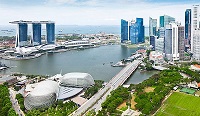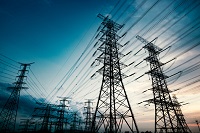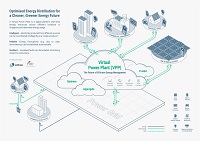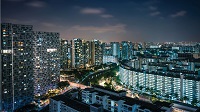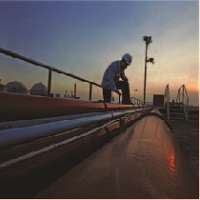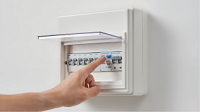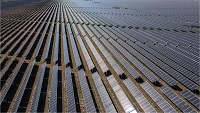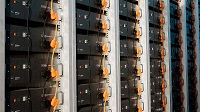* SAIDI (System Average Interruption Duration Index) measures the average interruption time per customer in minutes
^ SAIFI (System Average Interruption Frequency Index) measures the average number of interruptions per customer
Energy security remains essential during the energy transition. A stable and secure power system is necessary to meet the needs of energy consumers.
Singapore's Power Generation Statistics
In 2024, Singapore’s total electricity generation and peak demand increased by 2,232 GWh (or 3.9%) and 184 MW (or 2.3%) respectively as compared to 2023. Singapore’s power system also remained one of the most reliable in the world, with each customer experiencing only 0.006 interruptions lasting 0.26 minutes on average throughout the year.
Singapore's Power Generation
- Electricity Generation
- Electricity Consumption
- Peak Demand
| Year | SAIDI (min)* | SAIFI^ |
|---|---|---|
| 2024 | 0.26 | 0.006 |
| 2023 | 0.14 | 0.008 |
| 2022 | 0.16 | 0.006 |
| 2021 | 0.13 | 0.007 |
| 2020 | 0.17 | 0.006 |
Staying Prepared for Power Outages
While Singapore maintains one of the world’s most reliable power grids and power outages are rare, we recognise the importance of being prepared for potential disruptions. Having contingency plans and back-up measures help individuals, households and organisations mitigate the risks and minimise the impact of an outage.
Exercise SG Ready
In commemoration of Total Defence Day, EMA and the Ministry of Defence (MINDEF) co-led Exercise SG Ready 2025 – a two-week exercise aimed at building Singaporeans’ readiness against crises and disruptions such as power outages.
As part of this exercise, EMA launched practical tips for households and a guide for business consumers to strengthen their preparedness for power outages. These resources provide clear steps to improve resilience and business continuity.
During the exercise, more than 1,000 organisations comprising schools, businesses, communities, and government agencies simulated various disruptions or preparedness activities to strengthen their business continuity plans for power disruptions or phishing attacks.

Representatives from EMA and MINDEF at the Power System Control Centre on 24 Jan 2025 after a media briefing to share details on Exercise SG Ready 2025.
Additional Power Generation Capacity
Singapore’s electricity demand has been rising over the years, driven by electricity-intensive industries such as advanced manufacturing, the digital economy, and electrification of the transport sector. Additional power generation capacity will be required to meet the projected growth in electricity demand and ensure power system reliability.
New Generation Capacity Awarded to PacificLight Power
In January 2025, EMA awarded PacificLight Power the right to build, own, and operate a new hydrogen-ready Combined Cycle Gas Turbine generating unit with a planned generation capacity of at least 600 MW. The unit was commissioned in May 2025 and is expected to commence operations in 2029.
This award follows a Request for Proposal launched in June 2024 under EMA’s Centralised Process for new generation capacity, which ensures timely development of power generation capacity to meet Singapore’s future electricity needs.
Commissioning of Fast Start Generation Units by Meranti Power
Since end June 2025, Meranti Power’s two 340 MW Open Cycle Gas Turbine units have been fully operational and are ready to provide fast-start generation during unplanned supply disruptions. First commissioned by EMA in May 2023, the units can be brought online in under 10 minutes and serve as critical backup capacity to support grid stability and ensure a reliable electricity supply.
Building a Resilient Grid
As Singapore decarbonises its power sector, our energy supply mix will become more diverse with the growing deployment of domestic solar and electricity imports. This shift poses new challenges to our power grid, as the intermittent nature of renewables can affect grid stability.
At the same time, our grid is becoming increasingly complex with the rise of distributed energy resources (DERs) such as rooftop solar photovoltaics, energy storage systems (ESS), and electric vehicle chargers. Singapore’s grid infrastructure will have to support the integration and deployment of cleaner energy sources. To manage this transition effectively, EMA has launched key initiatives to strengthen our grid capabilities.
Singapore’s Future Grid Capabilities Roadmap
EMA, in collaboration with SP Group, has developed a Future Grid Capabilities Roadmap to guide the development of Singapore’s grid infrastructure. The roadmap outlines strategies combining research and development, pilot projects, and deployment efforts to build a grid that supports our energy transition.
It focuses on three key areas:
- Harnessing the flexibility of DERs to better manage their impact on the grid
- Enhancing grid planning and operations capabilities through technology
- Exploring solutions to meet emerging system needs, such as inertia management, during periods of high renewable energy penetration
Regulatory Sandbox for Virtual Power Plants
While DERs on their own may be small and distributed across multiple locations in Singapore, they can be aggregated via a digital platform to function as a single generator to provide energy and ancillary services to the grid. Known as a Virtual Power Plant (VPP), this system of aggregated resources unlocks new opportunities for DERs to play a larger role in supporting Singapore’s energy transition.
In October 2024, EMA launched a consultation and call for proposals to study the potential benefits of VPPs. EMA also signed a Memorandum of Understanding with SP Group to collaborate on research and development efforts for a VPP to participate in the regulatory sandbox.
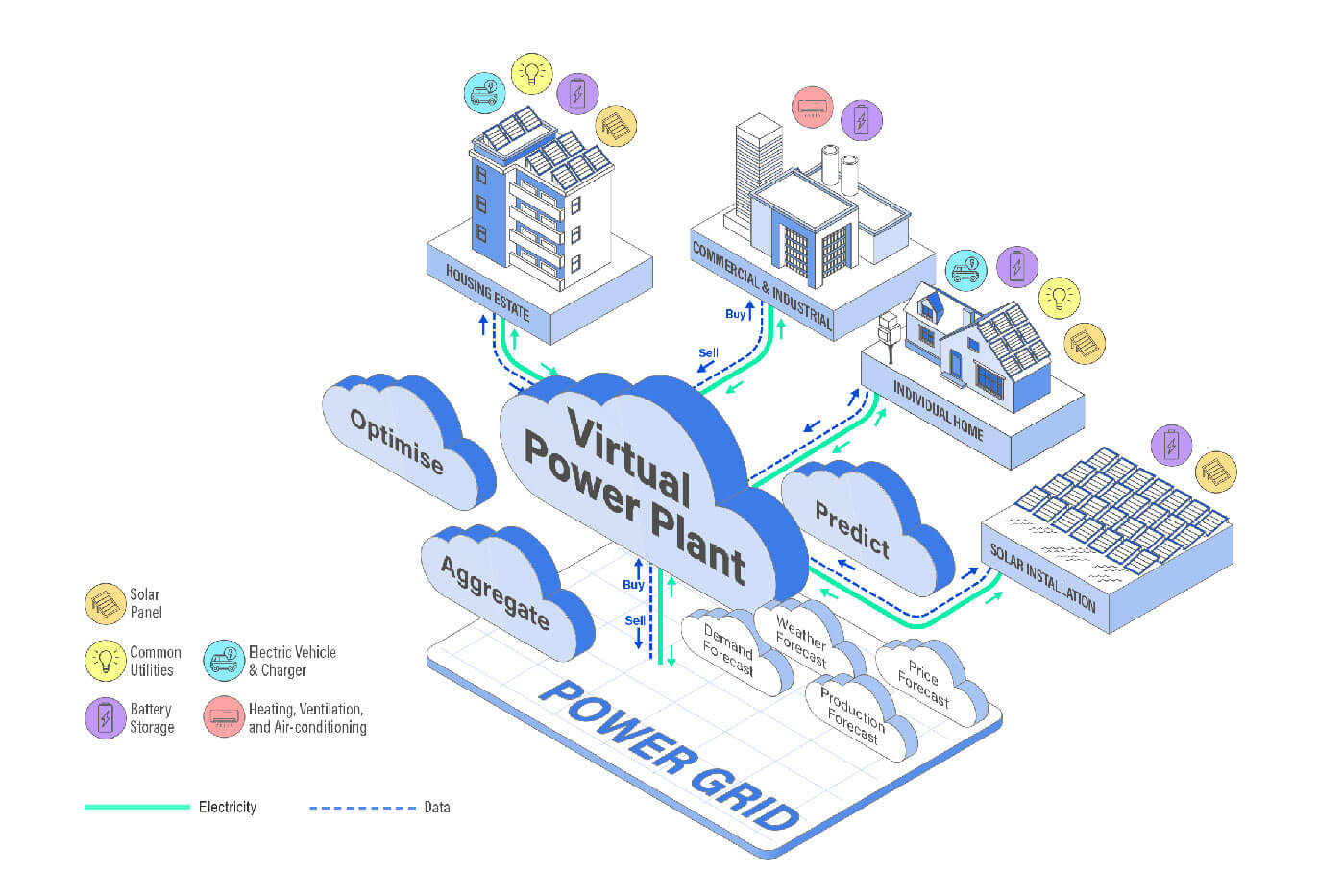
A VPP uses advanced communication technologies and data analytics to manage, coordinate and control DERs under its portfolio
EMA Awards $7.8 million to Better Harness Energy Storage Systems
ESS play an important role in supporting the deployment of solar energy and electricity imports by mitigating solar intermittency and enhancing power system reliability. In October 2024, EMA awarded a total of $7.8 million in grants to two companies to explore solutions that could enhance the cost-effectiveness of energy storage systems and optimise their land footprint.
